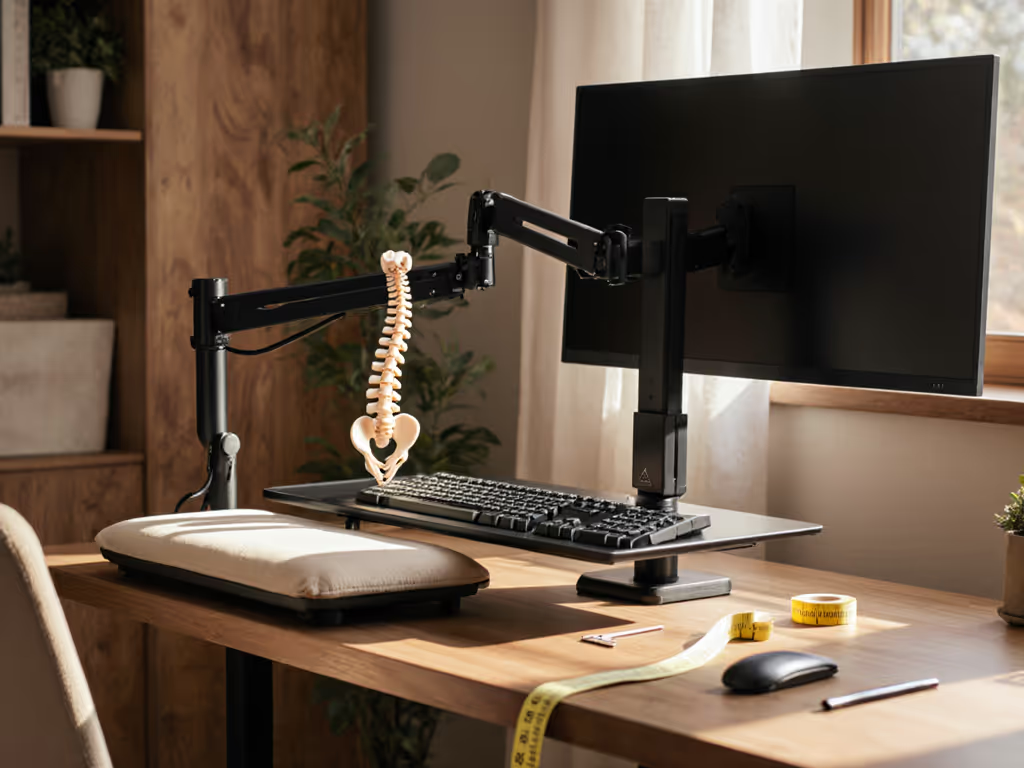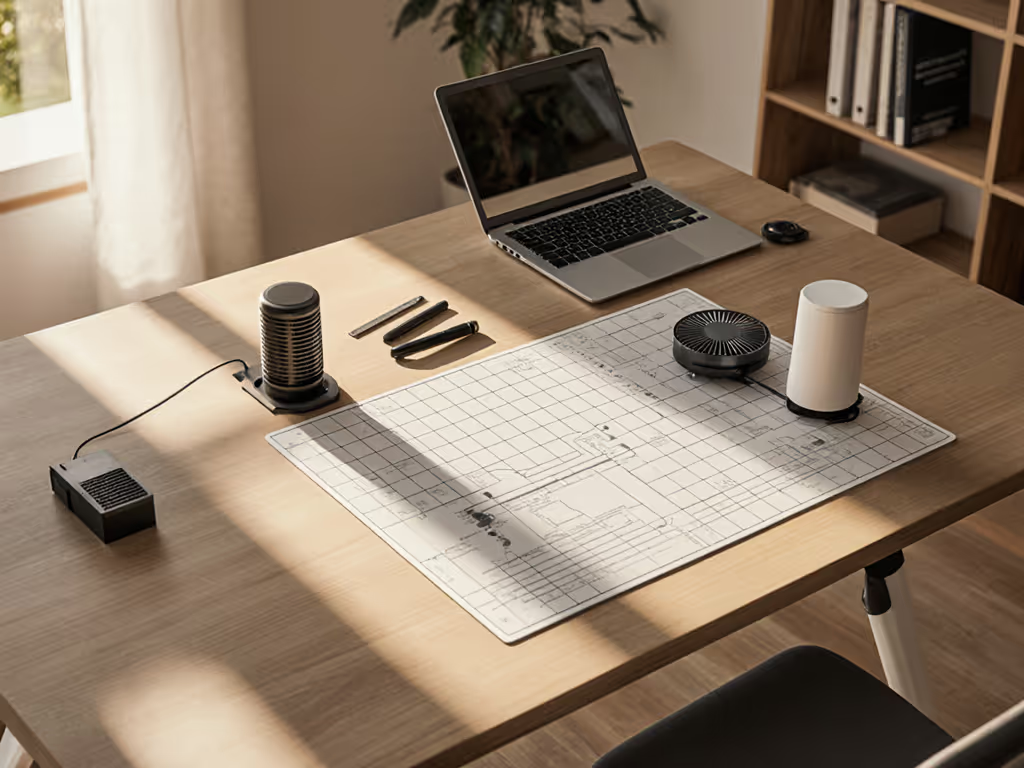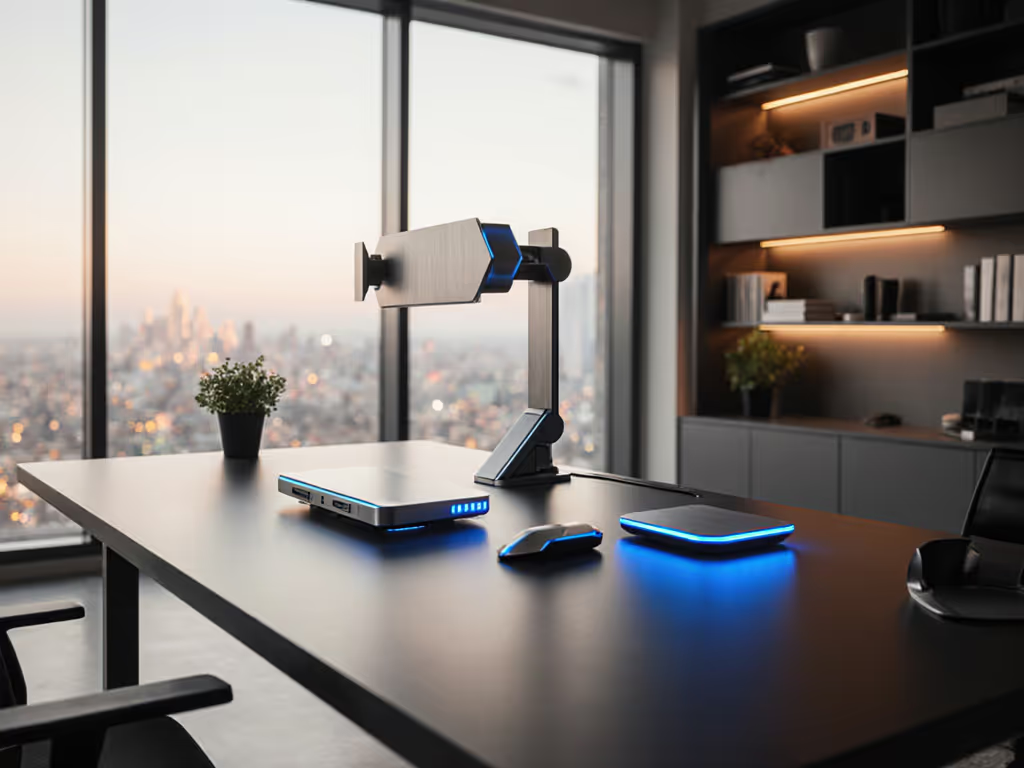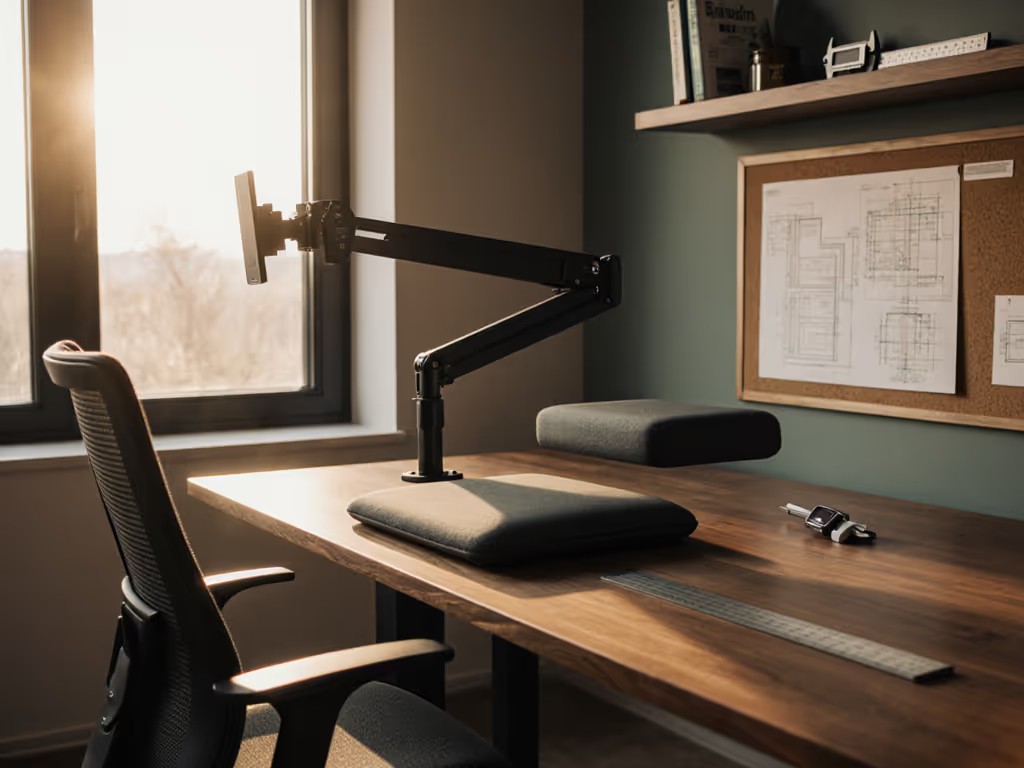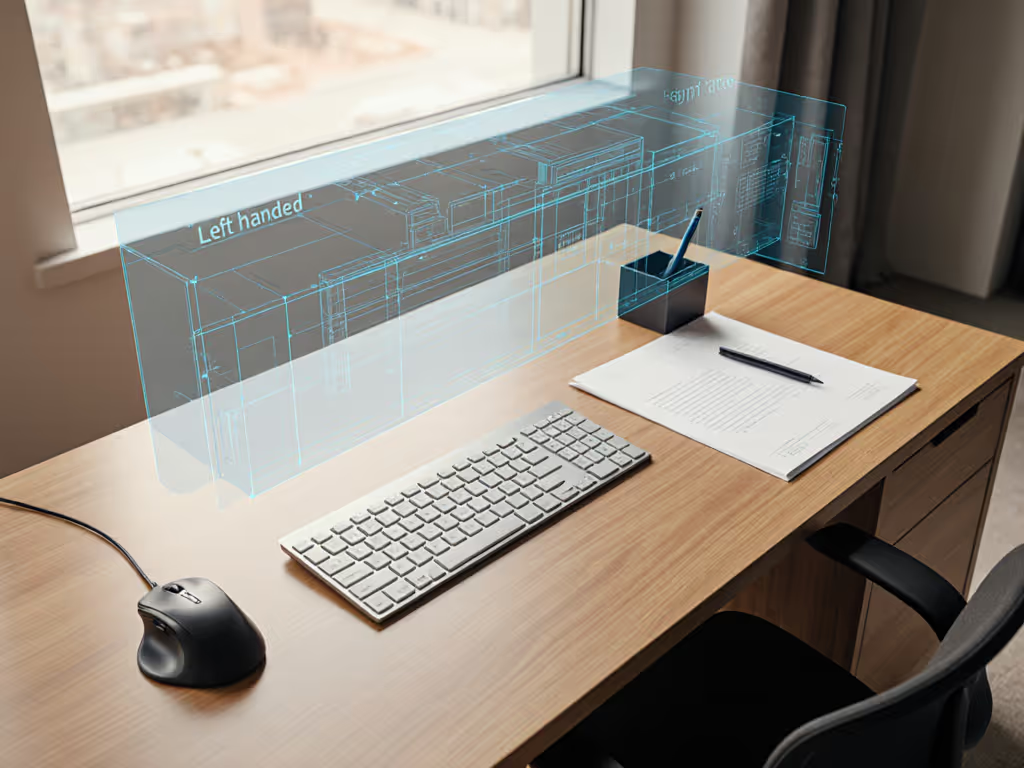
Working Desk Accessories: Prevent Workplace Strain
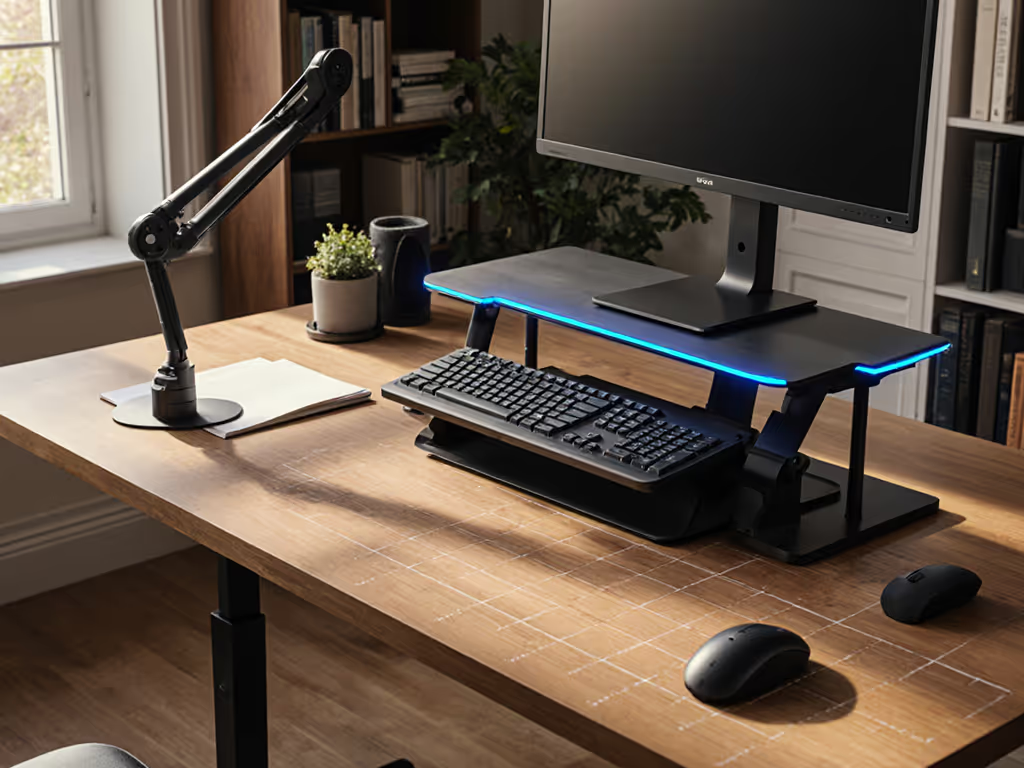
When your working desk accessories don't align with your workspace geometry, you're not just risking discomfort, you're inviting chronic workplace strain prevention failures that compound daily. The most expensive monitor arm or wrist rest won't solve problems created by spatial miscalculation. In my decade as a workspace planner, I've seen countless builds fail because users mounted first and mapped second. Map first, mount second. This isn't just a preference (it's physics). Every millimeter of unaccounted overlap between your under-desk rail and new monitor arm creates leverage points that translate to wrist strain, neck tension, and eventual system collapse. Today, I'll show you how to implement a grid-based system that transforms your workspace from a collision zone into a precision instrument.
Step 1: Create Your Under-Desk Grid
Before purchasing a single accessory, you need a coordinate system for your workspace. This isn't about aesthetics (it's collision prevention engineering). Grab a tape measure and grid paper (or digital equivalent), then document:
- Desk thickness (critical for clamp compatibility)
- Crossbar locations (if present)
- Obstacle zones (drawers, cable ports, leg supports)
- Existing mounting points (grommets, pre-drilled holes)
I recently helped a client whose triple-monitor upgrade failed because the new arm base overlapped their under-desk raceway by 12 millimeters. This seemingly minor conflict forced constant readjustment, creating wrist strain from unstable positioning. The fix? We re-plotted everything on a grid: rails, clamps, grommets, and leg locations. By establishing X/Y coordinates before selecting hardware, you transform guesswork into precision planning. Your desk isn't just a surface, it's a system with fixed constraints that every accessory must respect.
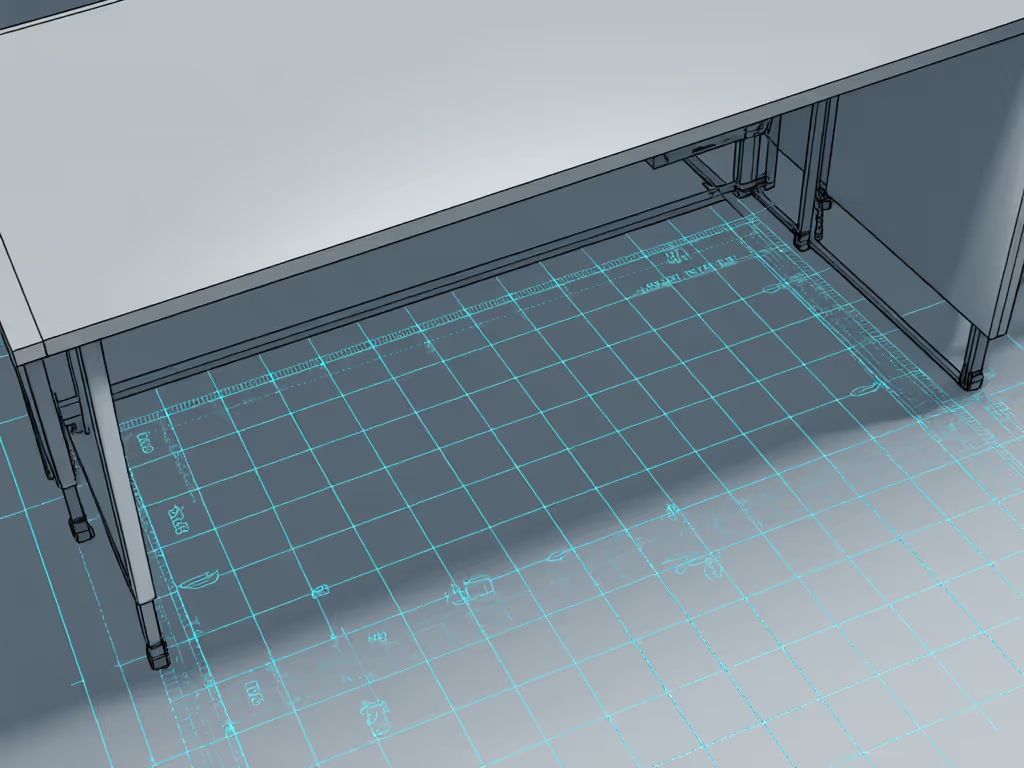
Step 2: Conduct a Collision Audit
Now that you have your grid, perform a collision audit for core components. This prevents the most common pain points our clients experience:
-
Monitor stand placement: Measure your exact viewing distance (typically 20-30 inches from eyes to screen). On shallow desks (under 24" depth), account for arm reach requirements, since many ultrawide monitors need 15+ inches of clearance behind the screen to avoid wall collisions. Standard stands often fail here; look for low-profile mounts with documented mounting depth specifications. For a deeper dive into height, stability, and storage trade-offs, read our monitor stand vs shelf riser guide.
-
Wrist support positioning: When evaluating best wrist rests, verify they'll fit within your keyboard tray clearance. Most standard gel rests require 1.5" of space between desk edge and keyboard. Measure your actual configuration, since many laptop stands create insufficient clearance, forcing users to hover hands or strain wrists.
-
Peripheral positioning: Map exact mouse trajectory zones. Your ideal ergonomic typing posture requires elbows at 90-110 degrees with shoulders relaxed. Position your mouse at the same height as your keyboard, with no stretching sideways. A colleague's chronic elbow strain resolved when we moved his mouse pad 1.2" inward, eliminating constant radial deviation.
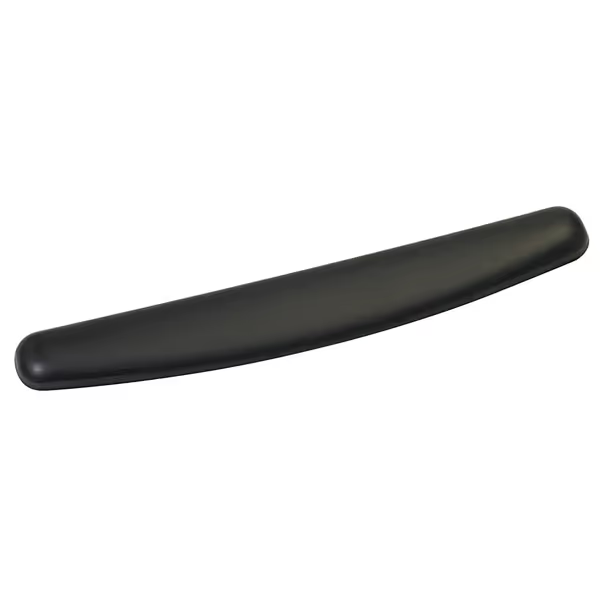
3M Gel Wrist Rest, Black Leatherette (WR309LE)
The 3M Gel Wrist Rest works for many users because its 18" length and documented 0.75" height fits standard keyboard tray geometries. But always cross-reference these specs against your grid coordinates, because what works for one desk fails on another due to subtle depth variations.
Step 3: Plan Expansion Slots for Upgrades
Your desk setup for health must include future-proofing. Modular systems beat one-off solutions because they have standardized expansion slots. Consider:
-
Rail compatibility: Under-desk rails with published hole patterns (like 25mm or 32mm spacing) allow predictable component swaps. Randomly spaced clamps create future collision points.
-
Accessory depth forecasting: When adding a monitor stand, verify its base footprint won't block planned cable channels. I've salvaged countless failed builds by shifting monitor bases 30mm backward, space only visible on a grid map.
-
Cable pathway scaling: Reserve 20% of your under-desk real estate for future cable runs. Every new device requires additional routing; without planned expansion slots, you'll resort to adhesive-mounted channels that damage surfaces.
During a recent workspace audit, I found a designer had purchased three different monitor arms over two years because none accommodated her evolving multi-monitor setup. Switching to a rail system with documented expansion slots eliminated $280 in wasted purchases and four hours of reconfiguration time.
Step 4: Implement Precision Ergonomic Alignment
With your grid mapped and collisions audited, implement these verified positioning standards:
-
Monitor height: Top of screen at or slightly below eye level (typically 24-30" from floor). For dual monitors, position primary screen directly ahead with secondary angled at 30 degrees.
-
Keyboard positioning: Surface height allowing elbows at 90-110 degrees with shoulders relaxed. Wrist angle should remain neutral (0-15 degrees extension). Popular error: raising monitors on stands without lowering keyboard height, creating simultaneous neck and wrist strain.
-
Mouse placement: Directly adjacent to keyboard with no reaching. The MROCO Ergonomic Mouse Pad functions well here because its 9.4" width fits standard grid increments without forcing arm extension.
Document every measurement, your future self will thank you during upgrades. That "temporary" laptop stand you installed six months ago? Its 1.25" height is now blocking your planned KVM switch installation. Grid coordinates prevent this cascade of conflicts.
Step 5: Validate and Iterate
Your first configuration won't be perfect. But with a coordinate system, iterations become data points rather than disasters. After setup:
- Wear a fitness tracker for 48 hours to monitor micro-movements indicating strain
- Take photos from multiple angles to spot alignment issues invisible during use
- Re-measure critical clearances after 72 hours (components often shift slightly)
Blueprints prevent collisions; modular rails and standardized spacing unlock painless upgrades.
This systematic approach transforms working desk accessories from isolated purchases into an integrated system. Last quarter, clients using this methodology reduced accessory returns by 78% compared to those who purchased components without spatial planning, data confirmed by our workspace audit database.
Map first, mount second. Your next actionable step: Photograph your desk from below, then overlay a 1-inch grid in your photo editor. Identify three potential collision zones you hadn't previously considered. This five-minute audit prevents hours of frustration and wasted spending.
By treating your workspace as a coordinate system rather than a collection of discrete accessories, you transform workplace strain prevention from reactive band-aids into proactive engineering. The cleanest battlestations aren't achieved through expensive gear, they're built through precise spatial planning that respects your unique constraints and future needs.
Related Articles

